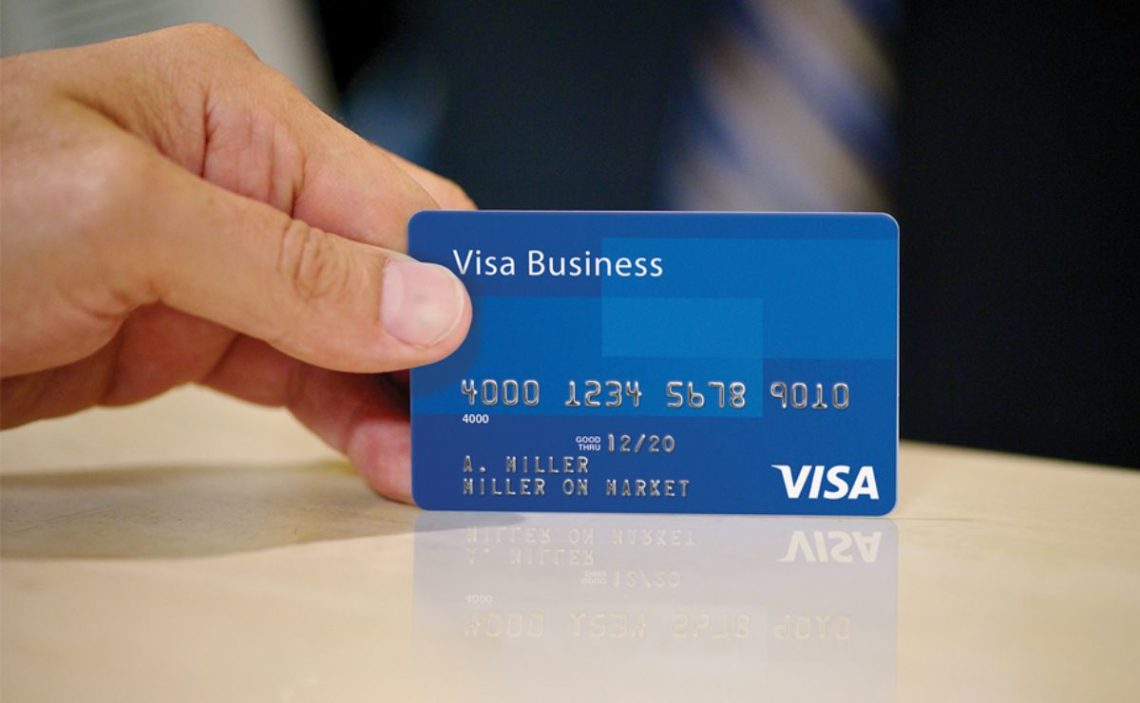All credit cards have a numerical code that makes them different. Each number provides specific information that can be deciphered at the banks. Without prior knowledge, a private individual will hardly know what the numbers on the credit card mean.
The first digit indicates which is the issuing entity, being “4” those granted by the Visa company. This code is not placed unexpectedly but is organized perfectly, following international requirements. The sequence provides useful data such as issuing bank and account numbers.
It is also indispensable to avoid problems like electronic fraud, diminish the number of errors when making some operations, and reduce the payment inconveniences to their minimum.
Credit card structure
Here we will explain how the numerical code of your credit card is organized and what information it offers, according to the order in which it is placed.
1. Issuer’s Identity Number
The Issuer Identification Number (IIN) or Bank Identification Number (BIN) comprises the first six digits you will see on the plastic. The information it provides is related to the issuer of a credit card.
But it is just the first number that defines the primary industry or MII. Of course, it is given by the American Banking Association. It is important to know that each issuer company has its MII, which are:
- Visa: They start with the number 4.
- American Express: The MII of this issuing company starts with the number 3. To be more exact, you will see the numbers 34 or 37.
- Discover: To identify Discover at a glance, you will see that the MII starts with the number 6.
- Mastercard: If you have a Mastercard credit card, the first number you will see on the product is 5.
The next five BIN numbers now identify the bank that issued the credit card. This code is essential for banks to exchange information when carrying out a particular transaction.
- Visa: This issuer uses from 2 to 6 for its BIN.
- Mastercard: Cards with this signature using BIN numbers 2 and 3. But also from 2 to 4, 5, and maybe 6.
- American Express: The code for this card will be 2 and 3. But also from 2 to 4, 5 and 6.
2. Account number
After the 6-digit IIN code, you will find the account number. And it is usually another six digits. The banks will provide this information only to their customers.
3. Control digit
It is used to reduce the risk level of any transaction considerably. The numbers that act as control digits have been assigned for the validity of any operation with your credit card, whether it is Visa, Mastercard, American Express, or Discover.
It must be taken into consideration that credit cards have been designed and delivered to make payments. Therefore, banks require an optimal validation process, which must be able to encrypt and decrypt personal or confidential information quickly. Most banks assign their cards the last digit, while Visa uses the number 13.
How are credit card numbers presented?
The physical form of credit card numbers is different from that of a debit card. On debit cards, the digits are printed, whereas, on credit cards, they are embossed.
However, this mechanism is no longer in use. The embossed numbers used to be used by some merchants to determine if the card had a theft record after copying the numbers into a specialized machine. Since this procedure is no longer used, most credit card issuers have opted to print the digits as they do with debit cards.
Today, validation machines require only the optical stripe to confirm the legality of a financial product. It simply will not allow you to make the transaction if it has been reported as stolen or lost. Despite new advances, some companies have opted to continue using embossing for number placement.
Credit card numbers vs. bank account numbers
One point of interest that is not clear enough for many people: The credit card number is not the same as the bank account number. Although they are not the same, the two codes are related. The account number is found on a specific part of the credit card.
1. Issuer’s telephone number
The telephone number will be available whenever you contact any bank representative. This way, you can request valuable information about your account or make any claims. As a recommendation… it is important to write down the telephone number in a different place, where you can easily find it in case you lose your credit card.
2. Signature box
In this statement, it will be necessary to place your signature. The signature can be an indispensable element in using the product. The issuer must ensure that you comply with this requirement before activating the card.
3. Hologram security
This is one of the most important security features of a credit card. It is identified as a mirror-like parch placed on the back of the credit card, showing a three-dimensional image. When viewed from up close, you will see the image start to move, especially when the viewing angle is changed.
Protect your account number
Unfortunately, issuing companies have not established a mechanism to protect users from credit card number theft. By accessing them, any criminal will misuse this information.
But the main recommendation to avoid exposing your credit card number is to be sufficiently careful when making a purchase.
You must be especially careful when purchasing through digital stores. Verify very well that it is a trustworthy online establishment. To maintain the security of your credit card, use other equally effective payment options such as Paypal.


